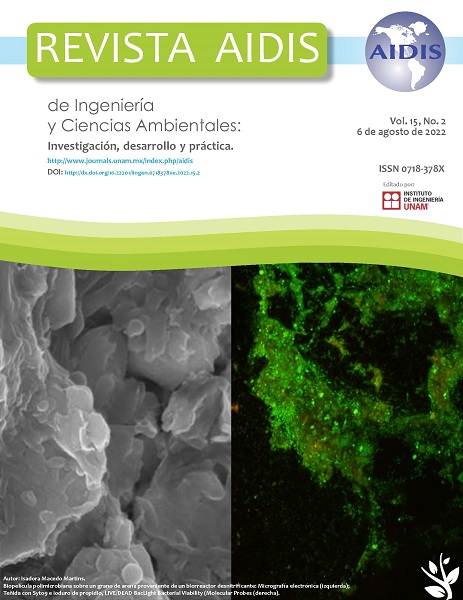WATER HYACINTH COMPOSTING AS A WASTE MANAGEMENT STRATEGY: A SYSTEMATIC REVIEW
Conteúdo do artigo principal
Resumo
Macrophytes proliferation problem is worldwide know resulting in impacts on natural environment, human health and economic activities. These organisms have several parameters resilience, which ensures high rate of reproduction and proliferation, hindering their management. As a management difficulty consequence, however, solutions are sought to disposal this large amount of macrophytes, such as composting and fertilizer production. Thus, this study aims to conduct a systematic literature review in Scientific Platforms Science Direct and Scopus, identifying current status of macrophytes composting process, main methods, analyses and results obtained, in order to contribute in innovation studies to convert this type of weed into fertilizer. The general words source in titles, summary, or keywords specified by author were “Macrophyte” or “water hyacinth” and “compost” or “composting”. Only articles dating from the last 20 years were maintained. Macrophyte composting process interest is addressed around the world because of their potential environmental, economic and social impacts, mainly for Eichhornia crassipes. Natural aeration predominates (56%) with composting time equal to or less than 60 days. Humidity control is essential (around 60%) like macrophytes dehydration prior to the composting process beginning. The significant quantity cellulose requires previous comminution and/or the cellulose-degrading inoculants addition. Composting process operational parameters are not standardized. Micro and macro nutrients richness can be considered for next evolutionary composting studies stage for this plant type, either by organic matter sources characteristics and/or mineral sources addition.
